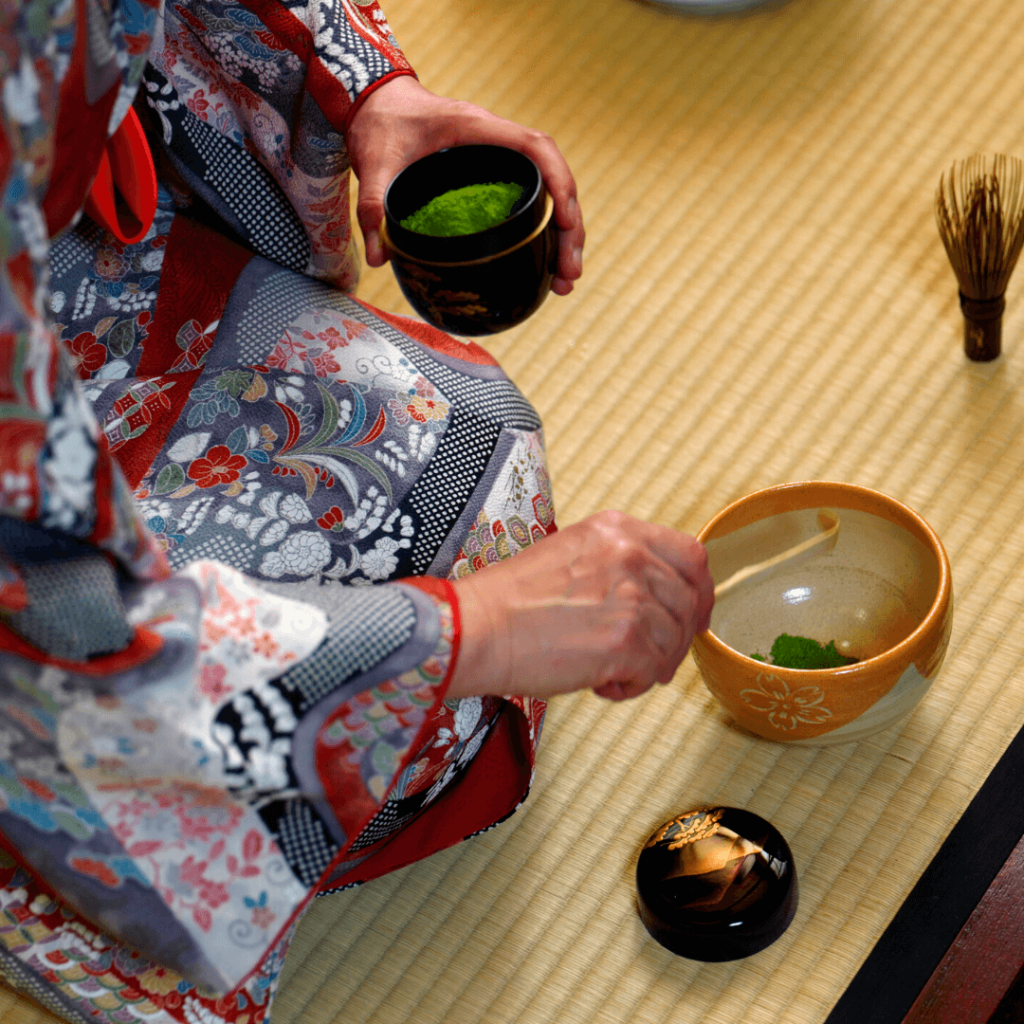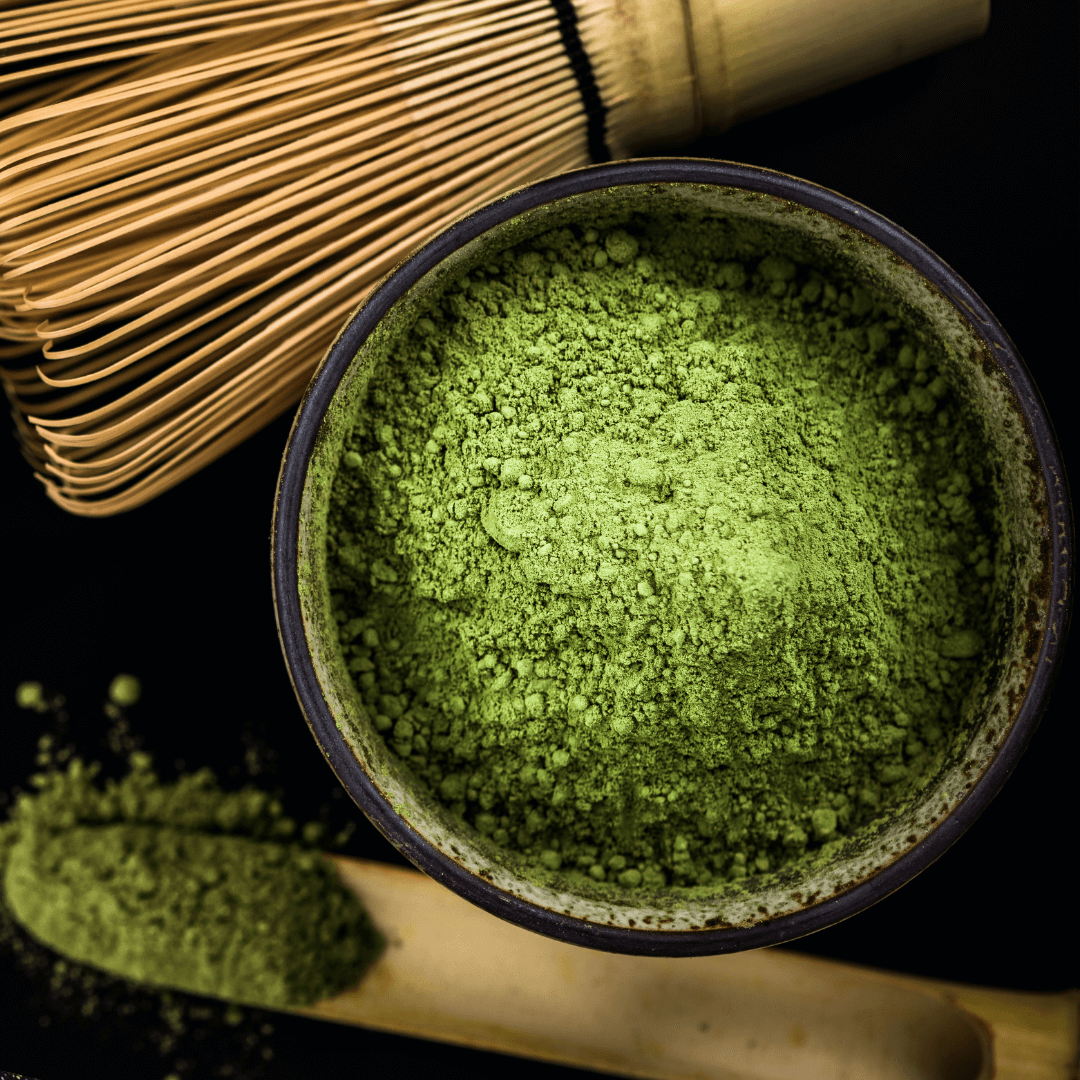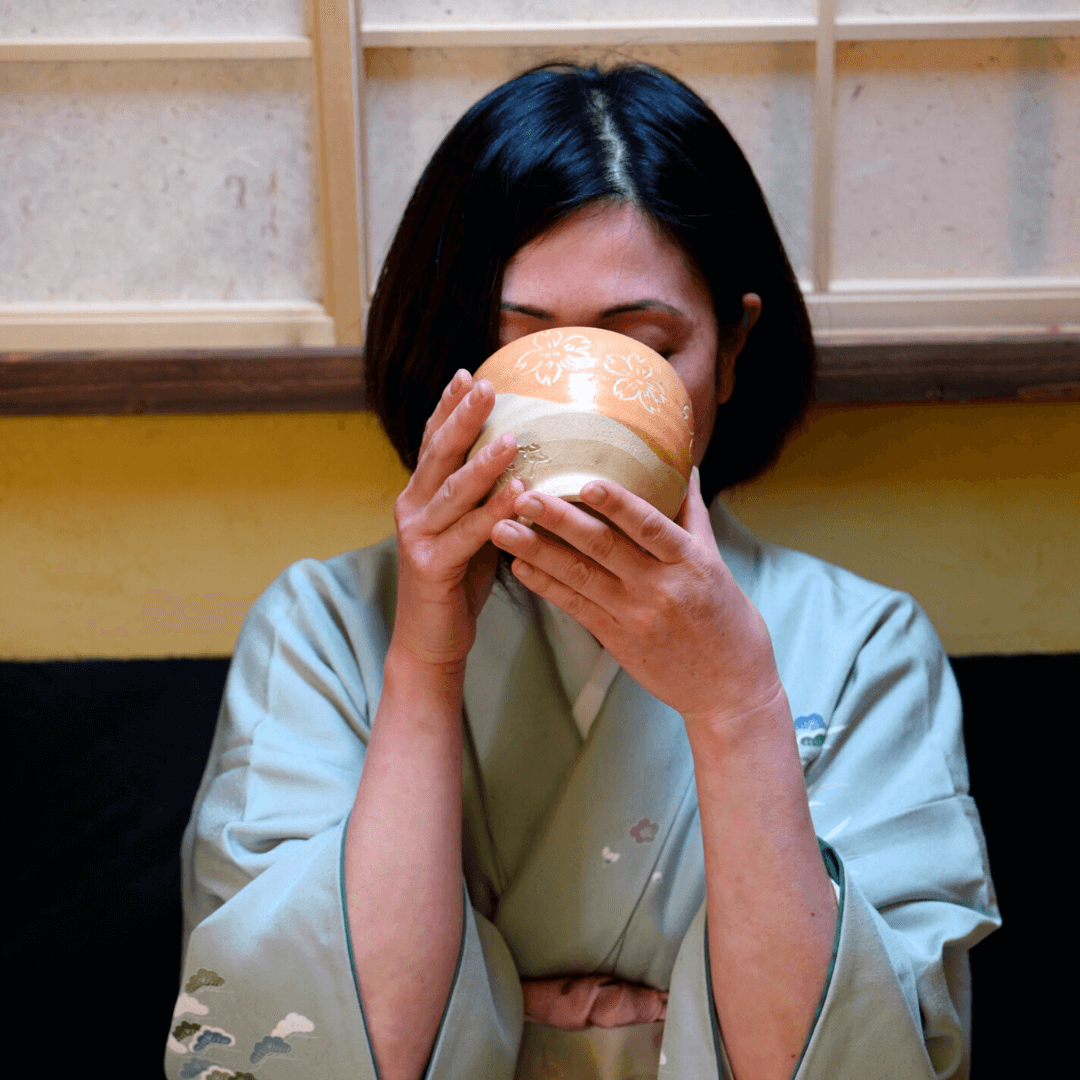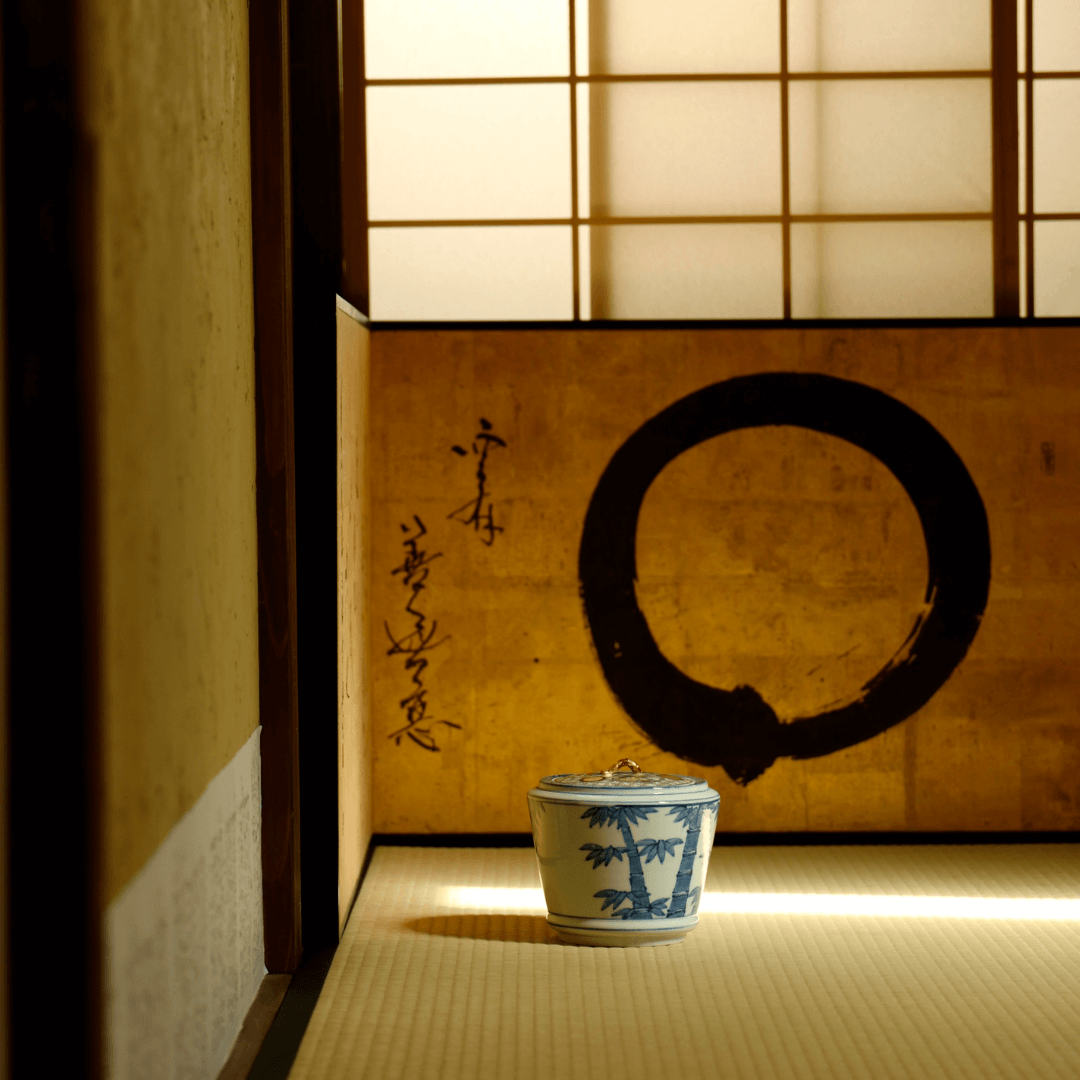Tea is a universal drink that pleasantly accompanies every meal and moment of the day, from breakfast to after dinner. The custom of tea varies from country to country; from the famous Afternoon tea, an institution in Great Britain where it is served with milk, sugar and biscuits, to the French or Russian variants.
The ways to approach tea are endless, as are the countries where this custom is transformed from a moment of refreshment to an authentic ritual.
The Matcha Tea Ritual
In Japan, for example, there is a real tea ceremony; it is a ritual where the central ingredient is Matcha green tea, which is a very fine powder that stands out for its bright green colour.
Introduced in the 9th century by Buddhist monks returning from China, over the centuries Matcha powder has continued to be a really refined and valuable ingredient.
The meticulous processing that reduces the tea leaves to powder has been transformed over the centuries into a real art that, handed down from generation to generation, is then completed by the master of ceremonies in the Chashitzu, the tea room.

In the Japanese culture, the key principles are WA, KEI, SEI, JAKU: harmony and peace, respect, purity and calmness, transposed into the aesthetics of the places, the simplicity of the rituals, the peace of the time spent in the ceremony and the rituality of gestures.
Approaching tea, therefore, requires culture, respect and patience.



Myths and tales intertwine like a seductive plot on the origins of tea and these incredibly fascinates Sonia Pilla. For her, this practice constitutes a great passion and an opportunity to visit numerous tea rooms around the world.
For over 30 years Sonia, on the occasion of business trips abroad, has visited with Dario the most important Tea Rooms of European capitals, to savour the classic and traditional, but also to discover more refined tastes and discover the uniqueness of hidden notes in every single sip of tea. The experience is completed with the purchase of different types of tea, not for the sake of the collection, but to get to know every aspect of this drink that Sonia tastes every day, becoming an intrinsic culture of the Loison family day after day.
Together with the teas Sonia strongly wanted to deepen all their aspects by looking for books that could quench her thirst for knowledge. Today these texts are kept in Loison’s library “la biblioteca del Gusto” and allow all of us to enjoy this ritual with less superficiality and greater respect and knowledge.
Title: “Il piacere del tè”
Author: Davide Pellegrino
Editor: Giunti
Year: 2006
Pages: 155
Title: “World Atlas of Tea”
Author: Krisi Smith
Editor: Mitchell Beazley
Year: 2016
Pages: 240
Title: “Mariage Freres French Tea”
Author: Alain Stella
Editor: Flammarion
Year: 2015
Pages: 228
Title: “Tea with Bea”
Editor: Ryland Peters & Small
Year: 2014
Pages: 144

